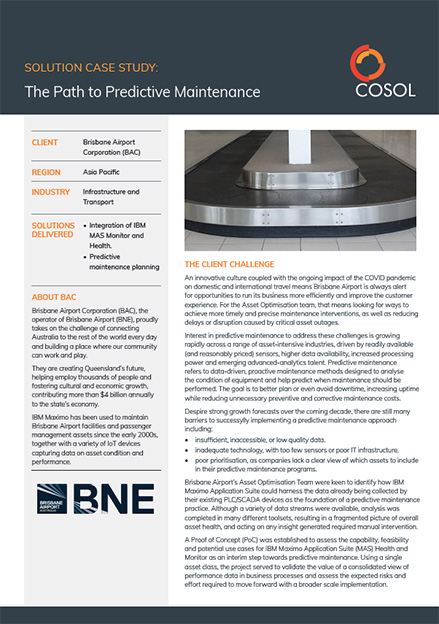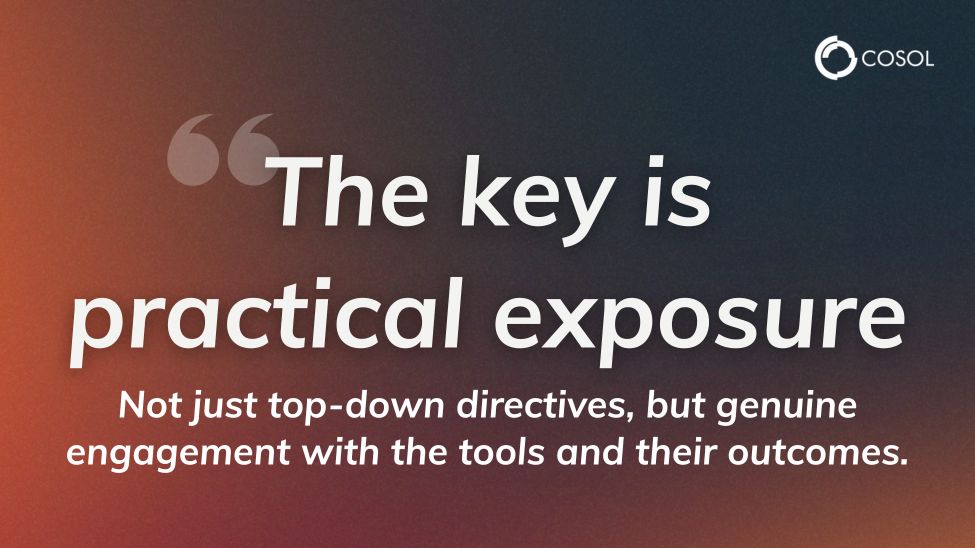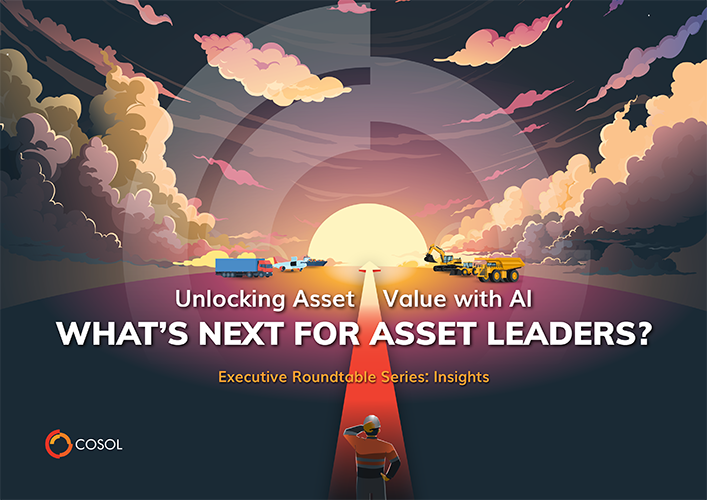AI is rapidly changing how industries manage complex operations - and nowhere is that more apparent than in asset-intensive environments like mining, utilities, and transport. For organisations responsible for keeping fleets running, equipment maintained, and infrastructure safe, the potential of AI isn’t theoretical. It’s immediate and measurable.
But as with every technological leap, success depends less on the tools we deploy and more on how we bring our people along for the journey.
AI Is Already Here - But Do We Know What It's Doing?
In the world of Enterprise Asset Management (EAM), AI is already making a difference. Whether it’s predicting when a critical asset will fail, optimising maintenance schedules, or prioritising work orders based on operational risk, the benefits are real. Yet many frontline teams remain wary - not because they reject the technology, but because they don’t fully understand it.
And that’s not their fault.
From Compliance To Confidence: Building Trust On The Ground
Trust in AI isn’t something you can mandate with a whole of office memo. It has to be earned - especially among maintenance planners, field technicians, and asset superintendents who’ve built careers on doing things the right way.
So how do we earn that trust?
By embedding AI into the fabric of daily operations in a way that makes life easier - not harder. That might mean starting with small, visible wins: using AI to streamline how work orders are prioritised, or improve the accuracy of inventory forecasting. For example, Brisbane Airport Corporation (BAC) used a COSOL/IBM solution in its AI proof of concept to monitor conveyor belts by tracking key factors like structural condition, age, remaining useful life, and criticality - generating real-time health scores and alerts that helped maintenance teams pre-emptively identify issues and take action to keep operations running smoothly.
Earning trust also means creating clear standards and safeguards around how AI is used, so frontline teams know that decisions are based on more than black-box algorithms.


Skills Matter - But So Does Mindset
Let’s be blunt: AI adoption isn’t just a tech project. It’s a cultural shift. And in asset management - where reliability, procedure, and precision rule - that shift must be handled carefully.
We talk a lot about upskilling, and rightly so. But building AI capability isn’t just about software training. It’s about creating environments where teams feel confident enough to ask questions, challenge assumptions, and use AI as a partner in problem-solving. That’s especially true for maintenance leaders who are now expected to navigate everything from EAM platforms to advanced analytics and cybersecurity concerns.
Training should reflect the operational reality - show how AI helps reduce unplanned downtime, improve first-time fix rates, or extend asset life. When teams see those outcomes, belief follows.
Start Small. Measure Honestly. Lead Boldly.
For many asset managers, the question isn’t “Should we use AI?” - it’s “How do we prove it works?”
Start with the basics. Measure a process before and after AI intervention:
Redefining roles, not replacing people
A common concern in maintenance circles is that AI might deskill or displace people. But the reality is the opposite.
Like every industrial revolution before this one, the goal isn’t to eliminate roles but to elevate them. The shift is already happening: reliability engineers becoming data stewards, planners working alongside predictive models, technicians supported by mobile diagnostics. These are real, tangible examples of transformation - not hype.
The challenge for leadership is to communicate this shift with clarity and purpose.
Guardrails and Governance: Getting the basics right
None of this works without trust - and trust comes from good governance. That means having clear ethical frameworks, data security protocols, and operational checks in place. Whether it’s something low-risk like Microsoft CoPilot or a higher-stakes machine learning model driving predictive maintenance, each implementation needs thoughtful evaluation.
AI and cybersecurity aren’t just IT issues anymore - they’re strategic imperatives. Asset managers and superintendents must be part of that conversation. Interestingly, while larger organisations tend to be more advanced in managing cybersecurity and privacy risks, many still fall short when it comes to addressing AI-specific risks like explainability and output accuracy (McKinsey – The state of AI: how organisations are rewiring to capture value - 2025). This gap reinforces the need for not just guardrails, but also deeper cross-functional understanding of how AI decisions are made - and how they should be governed.
Final thought: The True Measure Of AI Is Human Impact
At COSOL, we believe the future of asset management isn’t just about automation or analytics. It’s about people. Because when you empower teams with the right tools, the right training, and a shared vision, the results are powerful.
The organisations that succeed with AI won’t be the ones with the flashiest technology - they’ll be the ones that lead with purpose, invest in their people, and bring every layer of the operation into the journey.
So, if you’re wondering where to begin, start with a simple question: How can AI help my team do their job better today?
Then build from there.
If you’re interested in reading insights and opinions on AI from asset leaders, you can request the Unlocking Asset Value With AI: What’s Next for Leaders whitepaper.
Where AI Fits at COSOL
At COSOL, AI is not a side project – it runs through our AMaaS solutions. Maintenance scheduling, planning, work management, data governance, master data, and our AI Asset Lifecycle solution all rely on it. But none of it matters without trusted data. That’s the foundation, and it’s non-negotiable.

About Scott McGowan
What is the future of asset management in Australia, and what role does AI play?



